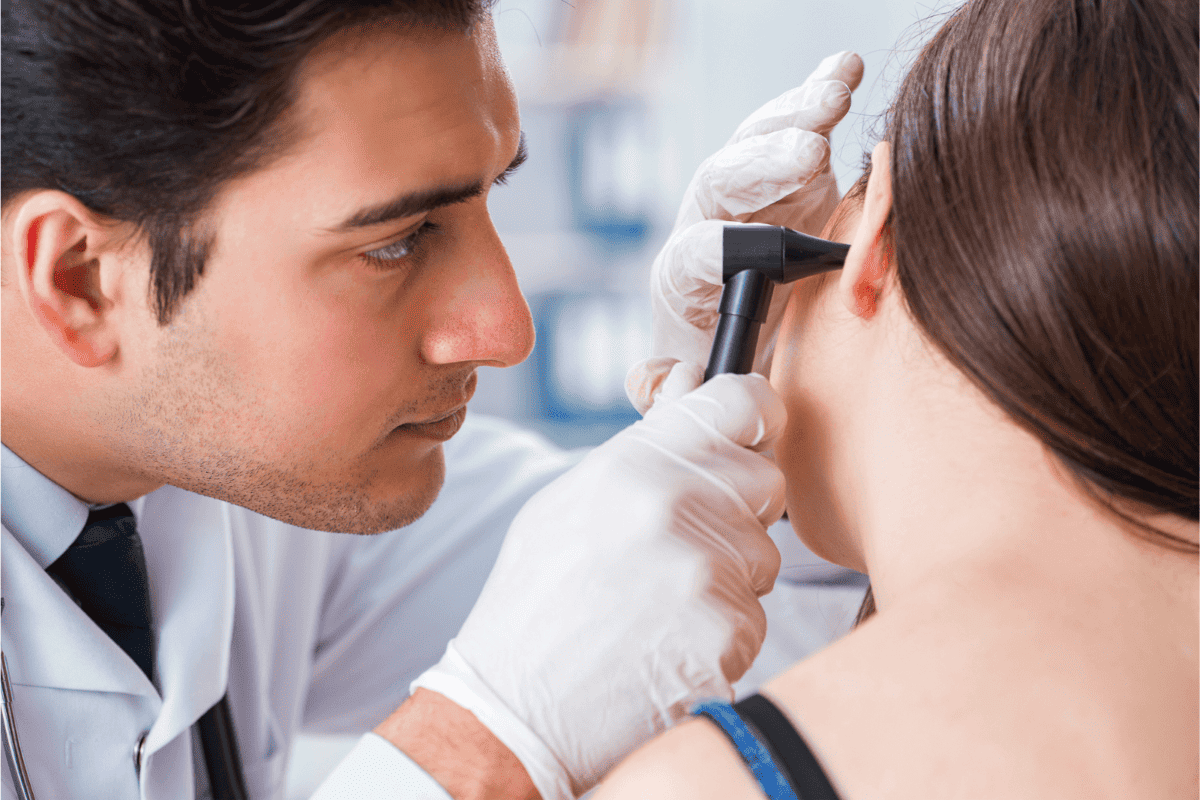- The Advantages of Rechargeable Hearing Aids - July 16, 2024
- How to Enjoy Music Festivals While Protecting Your Hearing - July 3, 2024
- Over-the-Counter Hearing Aids vs. Custom Hearing Aids - June 28, 2024
Hearing health is a precious aspect of our well-being that often goes underappreciated until it’s compromised. One often overlooked yet essential factor in maintaining optimal hearing is ear wax, scientifically known as cerumen. Ear wax acts as a natural barrier, protecting the delicate structures of the ear from external elements and infections. Understanding the importance of ear wax removal and staying updated on the latest advancements in hearing loss prevention, diagnosis, and management is crucial for maintaining healthy hearing throughout life.
The Role of Ear Wax in Hearing Health
Ear wax is not merely an annoyance but a vital protector of the ear canal and its delicate components. Produced by specialized glands in the ear canal, ear wax acts as a natural defense mechanism. Its stickiness helps trap dust, dirt, and debris that could otherwise infiltrate the ear and cause infections. Ear wax also has antimicrobial properties that help fend off bacteria and fungi.
However, while ear wax serves a crucial purpose, an excessive accumulation can lead to hearing issues. An excess buildup can obstruct the ear canal, causing conductive hearing loss. This condition is characterized by sounds being unable to travel efficiently to the eardrum, resulting in muffled hearing.
Traditional Methods of Ear Wax Removal
Historically, the practice of ear wax removal involved the use of cotton swabs, hairpins, or other objects to clear the ear canal. Unfortunately, these methods can often push ear wax deeper into the ear canal, exacerbating the problem. Professional ear care practitioners have long recommended against these practices to prevent inadvertent harm.
Recent Advancements in Ear Wax Removal Techniques
In recent years, the medical field has witnessed significant advancements in ear wax removal techniques that prioritize patient safety and efficacy. One notable technique is microsuction, where specialized equipment gently vacuums out excess ear wax without causing any discomfort or damage. This approach is widely considered safer than traditional methods, as it ensures proper removal without pushing the wax further inside.
Another innovative technique involves the use of warm water irrigation. This method utilizes warm water, usually in combination with mild saline solutions, to soften and dislodge ear wax from the ear canal walls. This technique is particularly useful for individuals with compacted or hard ear wax.
Early Detection and Hearing Loss Prevention
While advancements in ear wax removal are essential, the significance of early detection in maintaining hearing health cannot be overstated. Regular hearing screenings play a crucial role in identifying potential issues before they escalate. Audiologists are equipped with the knowledge and technology to diagnose various forms of hearing loss and provide appropriate guidance.
Furthermore, staying proactive about ear hygiene can significantly contribute to hearing loss prevention. Regular cleaning of the outer ear with a damp cloth can help prevent excessive wax buildup. Avoiding the use of objects inside the ear canal and seeking professional guidance for ear wax removal when needed can further minimize risks.
Futuristic Interventions and Research
Research in the field of audiology is ongoing, with exciting developments on the horizon. Scientists are exploring the potential of genetically tailored interventions to prevent certain types of hearing loss. Additionally, advancements in regenerative medicine hold promise for repairing damaged hair cells within the inner ear, which are critical for auditory function.
Virtual reality-based auditory training programs are also emerging as tools to enhance hearing capabilities and cognitive processing in individuals with hearing loss. These programs engage users in immersive environments designed to stimulate auditory pathways, potentially improving speech comprehension and sound localization.
Final Thoughts
The significance of ear wax removal in hearing health cannot be understated. While ear wax protects the ear, its accumulation can lead to hearing impairment if not managed properly. The field of audiology continues to evolve, introducing safer and more effective methods of ear wax removal and pushing the boundaries of hearing loss prevention and management. Early detection, regular screenings, and adopting proper ear hygiene practices are key in ensuring a lifetime of healthy hearing. As research progresses and futuristic interventions become a reality, the journey towards maintaining optimal hearing health becomes brighter for both patients and professionals alike.
We hope you found this article to be both interesting and helpful. If you have any questions or would like to schedule your next hearing checkup, please contact us. Our friendly team of hearing health professionals are ready to assist you with all your hearing related needs.

